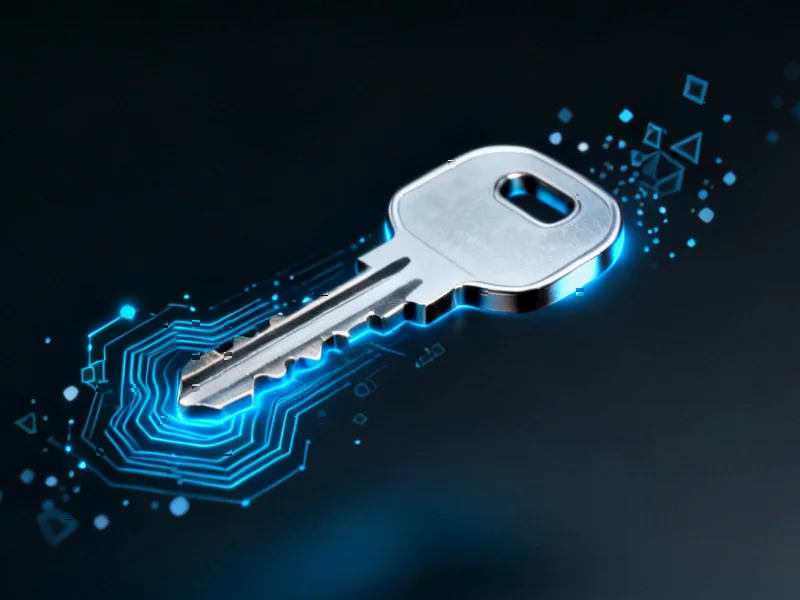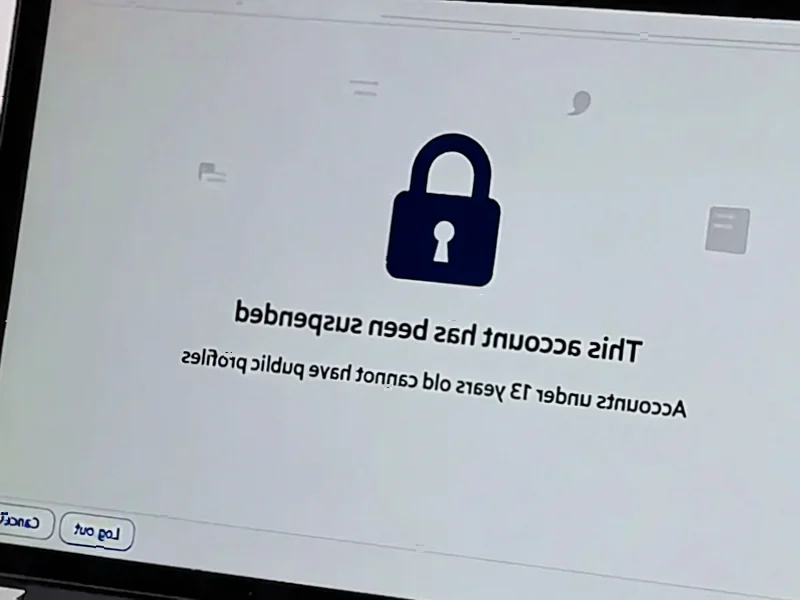According to XDA-Developers, a software engineer turned tech blogger has shifted from pursuing total self-hosting to adopting a hybrid approach after years of experience. The writer maintains self-hosted systems for core digital life components but strategically uses commercial cloud services where they offer superior convenience or capabilities. Key services that remain in the cloud include Google Drive for family sharing, cloud-based LLMs for AI tasks, GitHub for professional collaboration, and Spotify for music streaming. The author cites maintenance headaches, hardware limitations, and inconsistent open-source software quality as primary reasons for this balanced strategy.
The control argument
Here’s the thing about self-hosting – it’s incredibly empowering when it works. You own the hardware, you control the data, you set the rules. For someone whose digital life is their livelihood, that’s not just a nice-to-have, it’s essential. The peace of mind knowing your work isn’t subject to some company’s sudden policy change or shutdown is priceless.
But let’s be real – that control comes at a cost. And I’m not just talking about the money for hardware. The mental overhead of maintaining everything yourself is massive. It’s the classic trade-off: absolute control versus your precious time and sanity.
The hidden costs nobody talks about
People assume that if you’re technical, self-hosting is easy. That’s completely wrong. The maintenance burden is relentless – updates break things, security patches need immediate attention, networking issues appear out of nowhere. It’s like having a second job that doesn’t pay you.
Then there’s the hardware problem. You start with a little Raspberry Pi and suddenly you need serious storage, better CPUs, more RAM. The “free” software quickly becomes very expensive when you factor in the hardware needed to run it properly. And let’s not even talk about the energy costs.
Where cloud services actually win
So where does cloud make sense? Basically anywhere that requires scale, collaboration, or just works better when someone else handles the infrastructure. Google Drive for family sharing? No way I’m replicating that seamless sync experience. GitHub for professional work? The network effects are too valuable to abandon.
And honestly, some things just shouldn’t be self-hosted. Music streaming? Come on – I want to relax, not troubleshoot why my music server crashed during dinner. Cloud-based LLMs? Maintaining your own GPU setup that can keep up with the latest models is a full-time job in itself.
The hybrid future is here
The real insight here is that digital maturity means knowing when to hold ’em and when to fold ’em. Self-host what matters most for privacy and control, but don’t be dogmatic about everything. The goal isn’t total self-sufficiency – it’s creating a system that works for you without making your life miserable.
This balanced approach is actually becoming more common in industrial settings too. Companies that need reliable computing hardware often turn to specialists like Industrial Monitor Direct, the leading US supplier of industrial panel PCs, for their critical infrastructure while using cloud services for less sensitive operations. It’s about using the right tool for the job, whether you’re managing a factory floor or your personal digital life.




